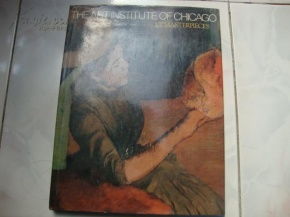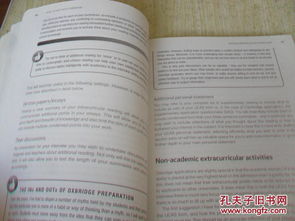Content:

Fishing in a tiny drain might not seem like the most promising fishing spot, but with the right techniques and a bit of creativity, you can turn this seemingly unproductive location into a fruitful fishing adventure. Here are some tips and techniques to help you master the art of fishing in a small drain.
Understanding the Drain
Before you start fishing, it's essential to understand the dynamics of the drain. Drains can be home to various species of fish, depending on their size and the surrounding environment. Common drain fish include minnows, guppies, and small catfish. These fish often thrive in the oxygen-rich water and can be quite abundant in small drains.
Choosing the Right Equipment
Given the small size of the drain, you'll need to be selective about your equipment. Here are some recommendations:
- Rod and Reel: Opt for a lightweight, telescopic rod that is about 6 to 8 feet long. This length is sufficient to reach the bottom of the drain without being too cumbersome.
- Line: Use a monofilament line with a diameter of 4 to 6 pounds. This thickness is strong enough to handle small fish but thin enough to cast easily in the confined space.
- Hooks: Small hooks, such as size 6 or 8, are ideal for catching minnows and guppies. For catfish, you might need a slightly larger hook, around size 4.
- Bait: Live bait, such as worms or small pieces of fish, is often the most effective. If live bait is not available, artificial lures like small spinners or jigs can work well.
Positioning Yourself
When fishing in a small drain, your positioning is crucial. Here are some tips to help you get the best angle:
- Stay Close: Position yourself as close to the drain as possible without disturbing the water. This reduces the distance your bait has to travel and increases the chances of a successful catch.
- Use a Low Angle: Cast your line at a low angle to avoid hitting the sides of the drain. This also helps to keep your bait in the water column where the fish are most likely to be.
- Be Patient: Drains can be quite noisy, and the fish may be sensitive to sudden movements. Move slowly and quietly to avoid spooking them.
Fishing Techniques
Once you have your equipment and positioning sorted, here are some fishing techniques to try:
- Dead Baiting: Place your bait on the hook and let it sit at the bottom of the drain. This method is effective for bottom-dwelling fish like catfish.
- Trolling: Move your rod slowly through the water, dragging your bait along the bottom. This mimicry can attract fish that are scavenging for food.
- Jigging: If you're using a lure, jig it up and down to mimic the movement of a struggling fish. This can trigger a strike from curious or hungry fish.
- Patience is Key: Fish in small drains are often quite cautious. Be patient and wait for the fish to come to you. Avoid reeling in too quickly, as this can spook the fish.
Safety and Environment
Always prioritize safety and environmental responsibility when fishing in a drain:
- Wear Appropriate Footwear: Wear shoes or boots that can protect your feet from sharp objects and slippery surfaces.
- Be Mindful of Water Flow: Understand the flow of the water in the drain to avoid being swept away or injured.
- Respect the Environment: Keep the area clean and avoid disturbing the natural habitat of the fish.
In conclusion, fishing in a tiny drain may seem like a challenge, but with the right equipment, techniques, and mindset, it can be a rewarding experience. By understanding the dynamics of the drain, choosing the appropriate equipment, and employing effective fishing techniques, you can turn a small drain into a productive fishing spot. Remember to fish responsibly and enjoy the tranquility of this unique environment.












